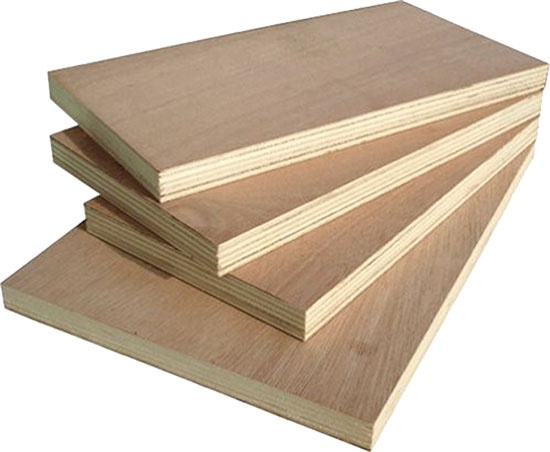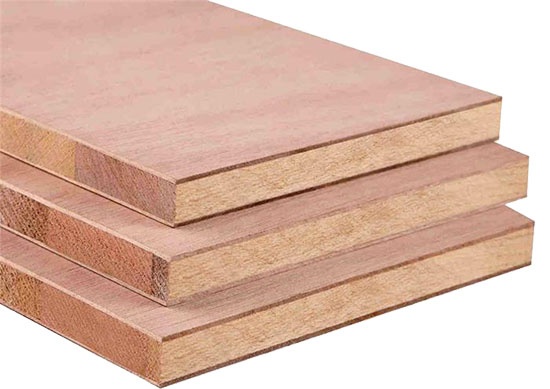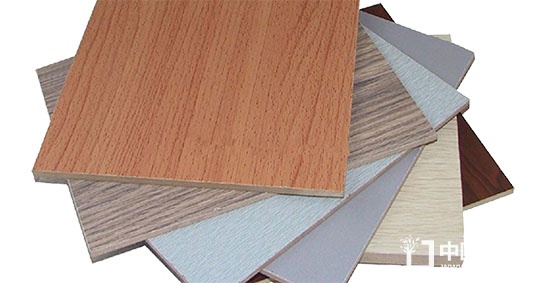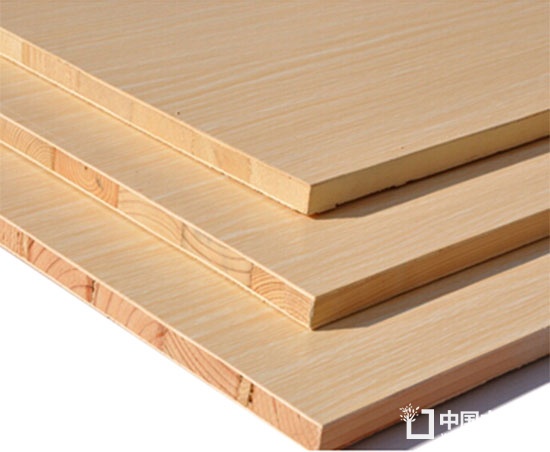Detailed explanation of the veneering process of wooden door panels
Veneer decoration is a very important process in the production of panel furniture. It has the defects of covering the surface and improving the physical properties of the substrate.
The veneer material includes veneer veneer (thin veneer, veneer veneer), wood grain veneer, PVC plastic film veneer, melamine veneer and so on.
Let's take a look at the details of the veneer veneer, PVC veneer, and decorative paper veneer below to understand the man-made board cosmetic surgery - veneer process!
Thin wood veneer
The veneer veneer is the most important decoration method for the plate parts. It is a technique for attaching thin wood (noodles or various types of parquet) to the surface of various substrates (wood-based panels, solid wood edging panels, solid wood panels, etc.).
Sanding treatment before and after
Thick sanding in front of the sticker
The thickness-corrected sheet usually requires that the thickness difference of the same batch of sheets should be controlled within 0.2mm, and the surface of the sheet has no obvious sand marks and wavy lines, and there is no obvious surface unevenness by hand touch or chalk drawing, but the board Material thickness and nominal thickness are allowed to have a certain deviation, usually controlled at ±0.5mm.
Surface sanding after veneering
The common equipment for surface sanding is a wide belt sander, usually a three-sand frame, and a rubber sanding wheel or a balloon sanding pad with a lower hardness is used as a sanding head, and a fine sandpaper tape of 150 to 240 is installed. The amount of sanding of the surface sanding should be controlled between 0.1~0.2mm, and the surface water glue paper can be sanded by 80%~90%.

For plates with a little bending, the amount of sanding should be reduced, and it is better to not break the sand at the maximum amount of sanding;
Plates with more severe bending cannot be operated with wide-band sanders, usually with narrow-belt hand sanders.
Thin wood hot pressing veneer technology
The veneer veneer usually adopts the hot pressing veneer process, and the hot pressing veneer process includes specific processes such as sheet coating, bundling and hot pressing.
Substrate coating technology
Gluing machine: Commonly used are double-sided coating machine, single-side coating machine and manual coating machine, the most commonly used is double-sided coating machine.
Glue: Urea-formaldehyde resin (UF) or polyvinyl acetate emulsion (PVAc, commonly known as white latex). Among them, UF is the most widely used glue due to its high bonding strength, good operability, fast curing speed (within 2 minutes) and low price. In recent years, due to the requirements of environmental protection, there are more and more improved PVAc for hot pressing veneers.
Blank technology
Hot-pressed veneer technology blank: When using hot-curing glue hot-pressing veneer processing, the thin wood can be directly applied to the board surface after being glued, and then sent to a hot press for pressing treatment. The veneer thin wood specification should generally be about 10 mm larger than the substrate.
Cold-pressed veneer technology blank: After the sheet is coated with the rubber blank, it is usually required to have a period of time and then press the machine to make the glue and the thin wood fully contact and wet, and improve the quality of the veneer.

Hot pressing veneer technology
Equipment: Multi-layer hot press or short-cycle single-layer hot press.
Among them, the multi-layer hot press is mainly suitable for the adhesive work of most small and medium-sized furniture enterprises or small-sized panels. Short cycle hot presses are suitable for high volume production.
Hot pressing parameters: hot pressing pressure (P), temperature (T) and time (t), commonly known as hot pressing three elements.
Pressure: usually 0.6~1.2MPa;
Hot pressing temperature and time: Generally, the UF glue temperature should not be lower than 110 °C (usually 120~130 °C). The higher the temperature, the shorter the hot pressing time and the higher the production efficiency. However, if the temperature is too high, the veneer will be applied. The glue layer is prone to cracking. Modified PVAc is usually used for low temperature hot pressing, and the general temperature should not be higher than 100 ° C (usually 90 ~ 105 ° C). The thicker the substrate, the slower the heat transfer, and the hot pressing time requirement is correspondingly extended.

Printed decorative plastic veneer
At present, plastic film for veneer parts is mainly composed of polyvinyl chloride (PVC), polyethylene (PVE), polypropylene (Alkorcell), polyester (PET) and polypropylene (PP).
Because PVC is the most widely used, PVC, which is often said in actual production, is generally a general term for printing decorative plastics.
Introduction to printed decorative plastics
PVC is a widely used surface decoration material, commonly known as plastic veneer.
PVC has soft texture, good elasticity and good water resistance. It is very suitable for veneering and edging of special-shaped parts. However, PVC has low hardness, is not heat-resistant, easy to burn and scratch, and has poor wear resistance. Therefore, it is mainly used for contact frequency is not very high. The occasion.
Substrate coating
Substrate: Commonly used high-quality MDF (medium fiber board), PB board can also be used as a substrate for flat sheet filming.
Adhesive: nitrile rubber adhesive, polyvinyl acetate emulsion (PVAc), polyurethane (PU) adhesive, propylene-vinyl acetate copolymer emulsion, ethylene-vinyl acetate copolymer emulsion (EVA), vinyl acetate- Acrylic copolymer emulsion and the like. The amount of glue applied is generally 80~150g/m2.
Adhesive method: wet adhesive tape, finger touch dry adhesive tape, reactivate adhesive tape.
Flat panel PVC veneer technology
There are two types of PVC veneering methods for flat plates: flat pressing and rolling. The flat pressing method is generally a cold pressing method, which is rarely used in actual production due to low production efficiency.

The most common method for veneering flat parts is the roll pressing method. The specific working process is as follows:
The substrate is first dusted by a brush roller
Roller coating machine for gluing
Rolling and gluing, the bonding pressure is 1.0~2.0MPa.
PVC vacuum cladding technology
The surface-formed PVC cladding is generally vacuum-coated, commonly known as soft-formed veneer. This method has uniform pressure and good veneer effect, but requires special surface equipment, and the production efficiency is not high.
The basic working process is:
The glued workpiece is placed on the workbench;
After the glue touches dry, the surface is covered with PVC film and clamped and fixed, so that the workbench enters the heating plate, and the upper pressing plate is closed, so that the upper and lower working chambers are in a sealed state;
Vacuuming the upper working chamber to remove cold air from the chamber, and simultaneously contacting the PVC film with the upper heating plate to heat and soften;
Vacuuming the lower working chamber, and simultaneously injecting compressed hot air into the working chamber, so that the PVC film is in close contact with the substrate and closely adheres to the substrate;
After the glue is solidified, the positive and negative pressures of the upper and lower working chambers are removed, and after the press is opened, the film pressing surface parts are glued;
The workpiece is filmed and stacked neatly. After the workpiece is cooled, the excess PVC film on the edge is removed with tools or sandpaper.
Decorative paper veneer
Decorative paper is one of the main materials for the surface decoration of wood-based panels, accounting for more than 50% of the surface decoration of wood-based panels. There are many types of decorative paper, which can be divided into tissue paper (quantitative 30g/m2) and decorative paper according to the quantity; according to the use, it can be divided into Polaroid paper, gorgeous paper, pre-painted paper, low-pressure melamine impregnated paper, high-pressure melamine decorative paper, etc. .
Rolling method
Roll-on veneers are suitable for soft decorative papers such as tissue paper and some pre-painted paper. The rolling method is generally completed continuously on a whole production line, and can be divided into basic processes such as surface sanding, surface dust removal, glue coating, pre-drying, lamination, roll pressing and the like.
Flat pressing method
The flat press method requires the decorative paper to be crisp and thick, so it is mainly suitable for decorative paper such as thick pre-painted paper, low-pressure melamine impregnated paper and fireproof board. Among them, the pre-painted paper is often subjected to low-temperature hot pressing, and the impregnated paper is often subjected to high-temperature hot pressing, and the fireproof board is usually cold pressed.
The specific process of the flat pressing method can be divided into basic processes such as paper preparation, substrate coating, blanking, and pressure bonding.
Document.body.oncopy = function () { setTimeout( function () { var text = clipboardData.getData("text"); if (text) { text = text + " This article comes from China Wooden Door Network, China's well-known wooden door industry portal Website! (http://) Detailed reference: "+location.href; clipboardData.setData("text", text); } }, 100) }Normal Foil,Aluminium Foil Rolls,Aluminium Foil Rolls Foils,Aluminium Foil Roll Turkey Foil
NINGBO FAVORED COMMODITY CO.,LTD , https://www.favored-top.com